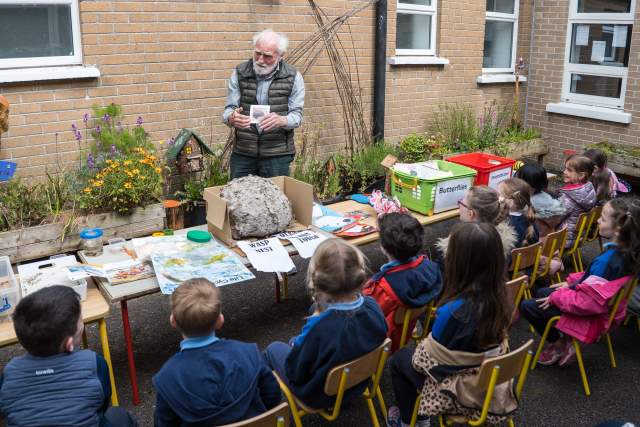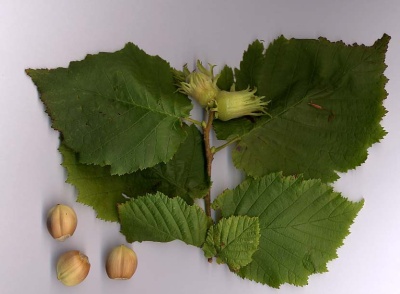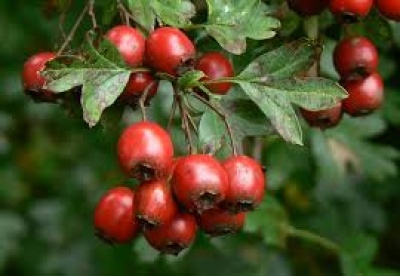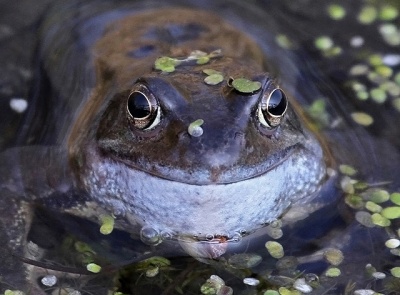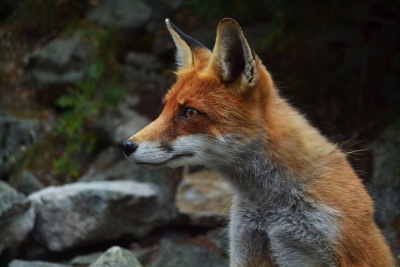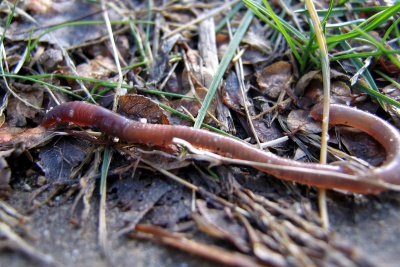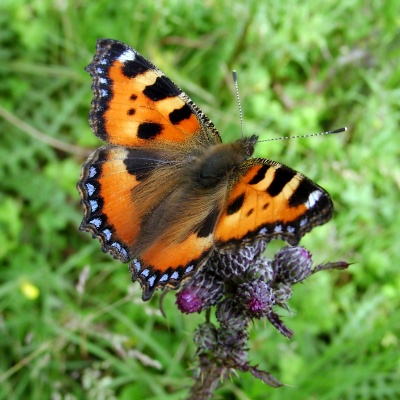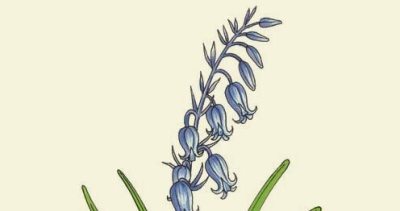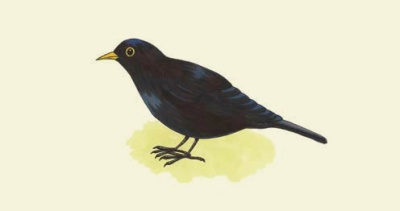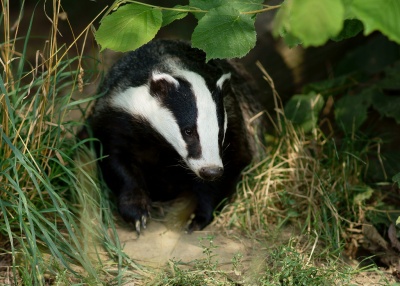Hedgehogs (All About)
Hedgehogs were introduced to Ireland by the Danes as a source of food. The country suited them and they quickly became established in hedges, gardens and woodlands. They are carnivorous animals and feed on snails, slugs, beetles, caterpillars, earwigs and earthworms. They visit gardens at night and are often tempted by the contents of the dog’s bowl — much to the annoyance of the resident dog. When they feel under threat they roll into a prickly ball which deters all enemies except badgers who are able to attack and eat them.
Read moreRead lessHedgehogs breed in May and the young, three or four, are born in June, which gives them a good long summer to grow and put on that vital pound of fat, which they need for hibernation. They go into hibernation at the end of October and stay asleep until April. They do this — not because it is too cold — but because there is no food for them, as snails and other minibeasts are not around in winter and as carnivores, hedgehogs must eat meat.
Lately however, it seems that hedgehogs are producing a second litter in September. Apparently, climate change is making our summer nights warmer than they used to be and hedgehogs are coming into season for a second time in midsummer. These poor little late babies are on a hiding to nothing as they can’t put on enough fat in time to survive hibernation.
Surviving hibernation is no small feat in itself. If we were to go to sleep in October and stay asleep continuously until April, we’d wake up dead! We’d have died of hunger and thirst. So how do the hedgehogs manage? They must have a body weight of over 450 grams before going into hibernation or they won’t have enough fat resources to survive. They also must slow down their metabolic rate. Normally in summer months, hedgehogs maintain a temperature of 34°C and a heartbeat of 190 beats per minute. In order for the pound of fat reserves to last for six months the hedgehog in hibernation drops its heartbeat to 20 a minute and its body temperature can go as low as 5°C.
Things to do
1. Learn the song “Harry the Hedgehog:”
I’m Harry the hedgehog as everybody knows
And I can feel the frosty wind nip my little nose
So I think it would be best if I found a little nest
Where I could lie and rest until the springtime.
2. Make a model of a hedgehog using plasticine for the body and lollipop sticks for the spikes.
